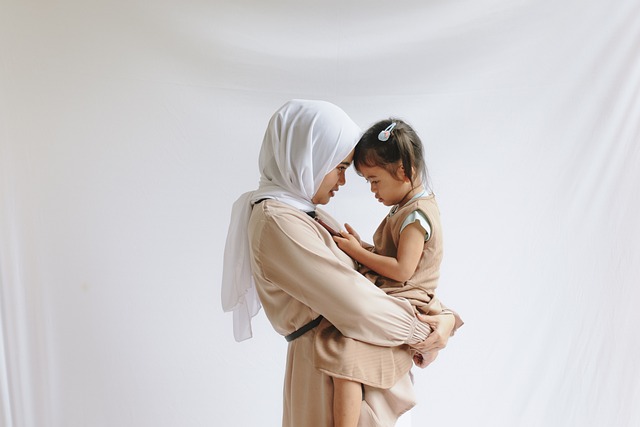
Giving birth is a universal experience, but the practices surrounding it can vary greatly from culture to culture. In some cultures, birth is considered a sacred event, while in others, it is seen as purely biological. Each culture also has its own specific customs and traditions related to childbirth.
One of the most significant differences in childbirth practices is the level of medical intervention. In some Western cultures, birth is highly medicalized, with women often giving birth in hospitals and relying heavily on drugs and medical technology to manage pain and monitor their progress. In contrast, many non-Western cultures view birth as a natural process that does not require extensive medical intervention. In some cultures, midwives play a crucial role in guiding women through the birth process, using natural remedies and massage techniques to manage pain and facilitate delivery.
Another important factor in childbirth practices is the role of the family. In many cultures, childbirth is seen as a familial event, with women often giving birth at home surrounded by family members. The involvement of family members can range from simply offering emotional support to playing an active role in the delivery itself. In some cultures, for example, the mother-in-law traditionally attends the birth and provides assistance and guidance to the birthing mother.
A third important factor in childbirth practices is the religious and spiritual significance of childbirth. In some cultures, birth is seen as a sacred event that requires ritual preparation and observance. For example, in many indigenous cultures, women go through specific rituals and ceremonies to prepare for childbirth, and the baby and placenta may be considered sacred objects. In some cultures, specific prayers or offerings are made to the gods or ancestors during labour.
Giving birth is a universal experience, but the practices surrounding it can vary greatly from culture to culture. Differences can be seen in the level of medical intervention, the role of family members, and the religious and spiritual significance of childbirth. Understanding these differences is important for anyone working in healthcare or childbirth education, as it helps us to provide better support and care to women from diverse cultural backgrounds.
